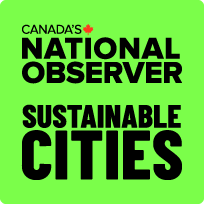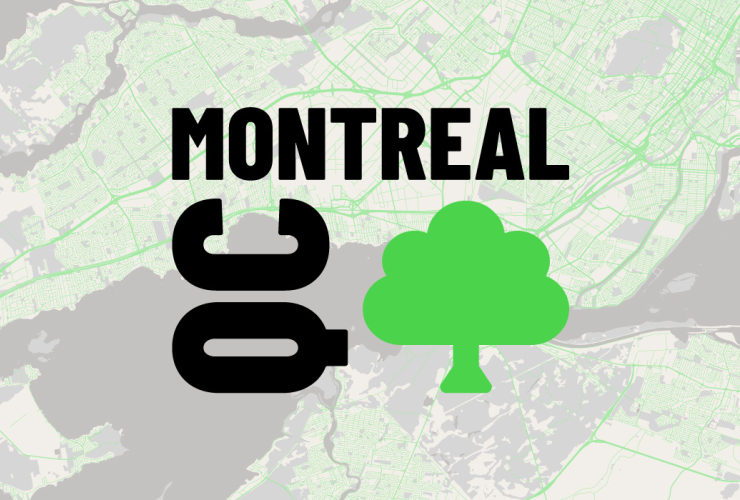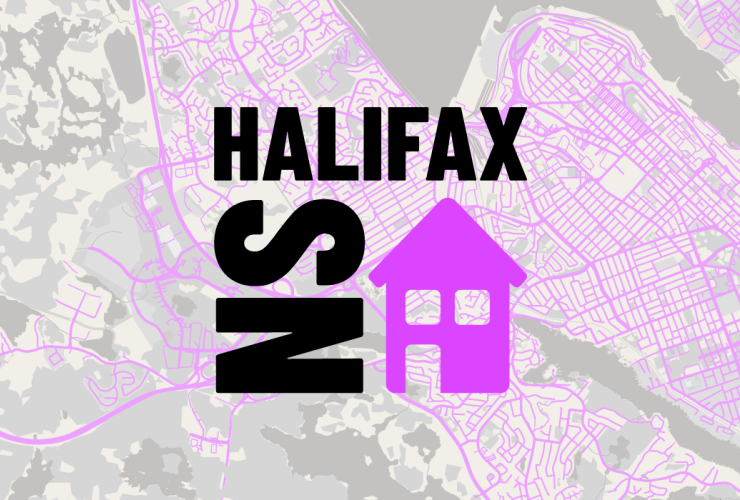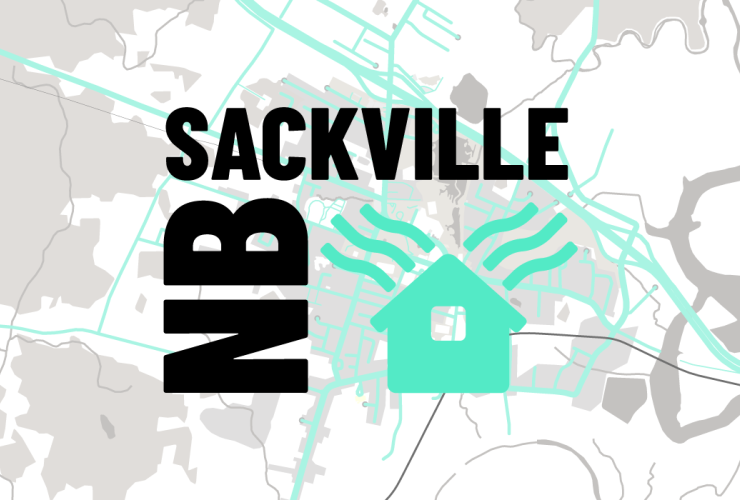Rigs sit idle and jobs go unfilled in oilfields as workers walk away from volatile job market
One labour service firm is hosting a job fair for the first time in more than five years
Author of the article: Geoffrey Morgan
Publishing date:Aug 04, 2021 •

Alberta’s unemployment rate was stubbornly high at 9.3 per cent in June despite the province’s economy beginning to re-open, though that’s down from a peak of 15.8 per cent in June 2020.
In the oilfield services sector specifically, the unemployment rate is much lower, at 5.4 per cent in June, down from a peak of 23.5 per cent set last June, according to Energy Safety Canada’s Petroleum Labour Market Information (PetroLMI) division, which facilitates the development of skilled labour in the industry.
“The labour force has been shrinking,” said Carol Howes, vice-president of PetroLMI at Energy Safety Canada, attributing the decline in the sector’s unemployment rate to the uptick in oil and gas prices, federal funding for cleaning up old oil wells and a drop in the number of people interested in working in the sector.
Howes said PetroLMI is planning a job fair for the oilfield services industry in September — the first time it has hosted a job fair in over five years.
As companies struggle to find enough workers, some drilling rigs are “not going to work” and instead are left to sit idle, said Mark Scholz, president and CEO of the Canadian Association of Energy Contractors.
Scholz said his member companies, which include the country’s largest drilling companies like Precision Drilling Corp. and Ensign Energy Services Ltd., are struggling to find skilled workers across Western Canada that are willing to come back to the oil and gas industry after a lengthy downturn.
“That certainly is something that has been challenging in the last six to seven years: we have not been able to provide a lot of job security for prospective workers,” he said.
Scholz described the current labour shortage as stressful for the industry, but noted it’s a “better stress” than the strain on the industry in recent years when oil and gas prices collapsed, investment in the oil patch dried up and companies were trying to survive.
At one point last summer, Scholz said there were just six rigs operating in Western Canada. CAODC data shows there are now 149 active drilling rigs.
• Email: gmorgan@nationalpost.com | Twitter: geoffreymorgan
One labour service firm is hosting a job fair for the first time in more than five years
Author of the article: Geoffrey Morgan
Publishing date:Aug 04, 2021 •

The labour shortage in the oilfield threatens to keep equipment sitting idle as oil and gas companies boost spending on drilling.
PHOTO BY THE CANADIAN PRESS/AARON LYNETT
CALGARY — For the first time in six years, Canadian oilfield services companies are hiring swathes of workers again but struggling to find enough people to fill open positions despite Alberta’s high unemployment rate.
The labour shortage in the oilfield threatens to keep equipment sitting idle as oil and gas companies boost spending on drilling, fracking and oilfield construction to cash in on crude oil prices that have rebounded from all-time lows to benchmarks above US$70 per barrel and natural gas prices over US$3 per thousand cubic feet.
Industry groups and labour market experts say workers are reluctant to return to the oilfield services sector because it has been so volatile in the last five years and companies have laid off thousands of workers to grapple with ever-changing commodity prices and investment levels.
“They’re finding it even hard to have people apply for the jobs. It’s difficult to get enough resumes in the door, let alone bringing back trained and ticketed employees,” said Gurpreet Lail, president and CEO of the Petroleum Services Association of Canada, which represents a range of oilfield services companies including fracking companies.
Lail said PSAC member companies, which do much of the hands-on work for oil and gas companies, can’t hire from regular job banks because much of the work in the oilfield is specialized and requires ticketed trades and specialized skills.
PSAC updated its full-year drilling forecast last week as higher oil and gas prices have led to a surge in demand for oilfield services work and activity is now projected to reach pre-pandemic levels. The industry group now expects 2,330 wells will be drilled in Alberta this year and 1,290 wells in Saskatchewan, which represents an increase of 890 wells and 213 wells, respectively, in the two provinces from 2020 levels.
“It’s the first time in a long time that the industry has actually been optimistic. So our customers, the E&P companies, are starting to see the economic effects of higher commodity prices,” she said, adding that oilfield services companies want to see some of that “trickling down to our member companies.”
CALGARY — For the first time in six years, Canadian oilfield services companies are hiring swathes of workers again but struggling to find enough people to fill open positions despite Alberta’s high unemployment rate.
The labour shortage in the oilfield threatens to keep equipment sitting idle as oil and gas companies boost spending on drilling, fracking and oilfield construction to cash in on crude oil prices that have rebounded from all-time lows to benchmarks above US$70 per barrel and natural gas prices over US$3 per thousand cubic feet.
Industry groups and labour market experts say workers are reluctant to return to the oilfield services sector because it has been so volatile in the last five years and companies have laid off thousands of workers to grapple with ever-changing commodity prices and investment levels.
“They’re finding it even hard to have people apply for the jobs. It’s difficult to get enough resumes in the door, let alone bringing back trained and ticketed employees,” said Gurpreet Lail, president and CEO of the Petroleum Services Association of Canada, which represents a range of oilfield services companies including fracking companies.
Lail said PSAC member companies, which do much of the hands-on work for oil and gas companies, can’t hire from regular job banks because much of the work in the oilfield is specialized and requires ticketed trades and specialized skills.
PSAC updated its full-year drilling forecast last week as higher oil and gas prices have led to a surge in demand for oilfield services work and activity is now projected to reach pre-pandemic levels. The industry group now expects 2,330 wells will be drilled in Alberta this year and 1,290 wells in Saskatchewan, which represents an increase of 890 wells and 213 wells, respectively, in the two provinces from 2020 levels.
“It’s the first time in a long time that the industry has actually been optimistic. So our customers, the E&P companies, are starting to see the economic effects of higher commodity prices,” she said, adding that oilfield services companies want to see some of that “trickling down to our member companies.”

Alberta’s unemployment rate was stubbornly high at 9.3 per cent in June despite the province’s economy beginning to re-open, though that’s down from a peak of 15.8 per cent in June 2020.
In the oilfield services sector specifically, the unemployment rate is much lower, at 5.4 per cent in June, down from a peak of 23.5 per cent set last June, according to Energy Safety Canada’s Petroleum Labour Market Information (PetroLMI) division, which facilitates the development of skilled labour in the industry.
“The labour force has been shrinking,” said Carol Howes, vice-president of PetroLMI at Energy Safety Canada, attributing the decline in the sector’s unemployment rate to the uptick in oil and gas prices, federal funding for cleaning up old oil wells and a drop in the number of people interested in working in the sector.
Howes said PetroLMI is planning a job fair for the oilfield services industry in September — the first time it has hosted a job fair in over five years.
As companies struggle to find enough workers, some drilling rigs are “not going to work” and instead are left to sit idle, said Mark Scholz, president and CEO of the Canadian Association of Energy Contractors.
Scholz said his member companies, which include the country’s largest drilling companies like Precision Drilling Corp. and Ensign Energy Services Ltd., are struggling to find skilled workers across Western Canada that are willing to come back to the oil and gas industry after a lengthy downturn.
“That certainly is something that has been challenging in the last six to seven years: we have not been able to provide a lot of job security for prospective workers,” he said.
Scholz described the current labour shortage as stressful for the industry, but noted it’s a “better stress” than the strain on the industry in recent years when oil and gas prices collapsed, investment in the oil patch dried up and companies were trying to survive.
At one point last summer, Scholz said there were just six rigs operating in Western Canada. CAODC data shows there are now 149 active drilling rigs.
• Email: gmorgan@nationalpost.com | Twitter: geoffreymorgan










 Saskatoon receives an average of 2,389 hours of sunlight per year.
Saskatoon receives an average of 2,389 hours of sunlight per year.





